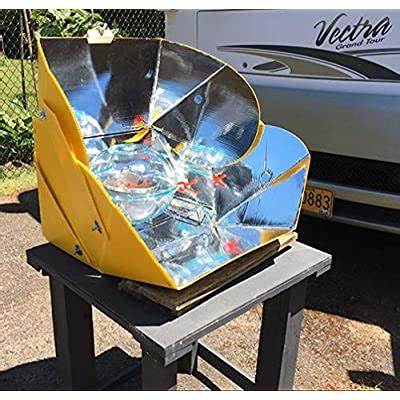Van life can be freeing, adventurous, and full of unforgettable moments. But what about the budget? Whether you’re planning to hit the road full-time or just considering extended travel, understanding the real monthly costs of living in a van is essential.
Here’s a breakdown of the common expenses vanlifers face each month—and how they can vary depending on your lifestyle, travel pace, and setup.
🛣️ 1. Fuel ($150–$600+)
Your fuel budget can swing wildly depending on how much you drive, where you travel, and what kind of van you drive. Slower travel and staying in one spot longer can significantly cut this cost, while frequent cross-country trips will burn through more gas—and your wallet.
Fuel-Saving Tips:
-
Travel slowly and regionally.
-
Use apps to find the cheapest gas nearby.
-
Maintain proper tire pressure and reduce idling.
🍔 2. Food & Groceries ($250–$600)
Your food costs will depend on how often you cook in the van versus eating out. Those who cook most meals themselves can keep things on the lower end of the scale, while regular stops at restaurants or coffee shops can quickly increase your monthly total.
Van Life Meal Hacks:
-
Prep meals ahead when possible.
-
Stock up on pantry staples that don’t need refrigeration.
-
Invest in a good cooler or fridge setup.
🛠️ 3. Insurance ($75–$250)
You’ll need both vehicle insurance and (ideally) health insurance. Vehicle insurance premiums vary depending on your van type, state of residence, and coverage. Health insurance costs vary widely, especially if you’re self-employed or traveling long-term.
Don’t forget optional coverage like roadside assistance or renters insurance for personal belongings inside your van.
🧼 4. Campsites & Parking ($0–$500)
Many vanlifers mix it up between free camping (BLM land, national forests, rest areas) and paid spots (campgrounds, RV parks). While it’s possible to camp for free most of the time, you might occasionally pay for a safe place to park, especially in urban areas.
Ways to Save:
-
Use apps to find free or low-cost overnight parking.
-
Consider memberships that offer discounted or free spots.
-
Build relationships with hosts, farms, or friends.
📶 5. Phone & Internet ($50–$150)
Staying connected is key—especially if you work remotely. Most vanlifers use unlimited data plans, mobile hotspots, or cellular boosters to stay online. Costs can vary depending on your provider and how much reliable access you need.
🧼 6. Showers & Laundry ($20–$60)
Staying clean on the road is possible, just not always free. You might use gym memberships, truck stop showers, or public facilities. Laundry is usually done at laundromats or campground facilities.
Budget-Friendly Options:
-
Solar showers or van-installed setups.
-
Bundle laundry loads to save on quarters.
-
Choose gyms with nationwide locations.
⚙️ 7. Maintenance & Repairs ($50–$300+)
Vans need love, too. Regular maintenance like oil changes and tire rotations are predictable costs, but mechanical issues and repairs can pop up unexpectedly. It’s smart to set aside a monthly buffer for upkeep—even if you don’t use it every month.
🎉 8. Fun, Subscriptions & Extras ($50–$200)
This includes everything from streaming services and travel apps to museum entries and kayak rentals. Budgeting for fun and spontaneity is what makes the lifestyle feel fulfilling, not just sustainable.
💵 Monthly Cost Summary (Estimated Range)
| Category | Low Budget | Moderate Budget |
|---|---|---|
| Fuel | $150 | $600+ |
| Food & Groceries | $250 | $600 |
| Insurance | $75 | $250 |
| Campsites/Parking | $0 | $500 |
| Phone & Internet | $50 | $150 |
| Showers & Laundry | $20 | $60 |
| Maintenance Buffer | $50 | $300+ |
| Fun & Subscriptions | $50 | $200 |
| Total Estimate | $645 | $2,660+ |
🧭 Final Thoughts: Custom Lifestyle, Custom Budget
Van life isn’t one-size-fits-all. Some people live on the road for under $1,000 a month by traveling slowly and sticking to a tight budget. Others enjoy the comforts of premium gear, frequent stops, and spontaneous experiences—and spend more.
The beauty is that it’s flexible. Once you know your must-haves and priorities, you can shape a lifestyle and budget that works for you. Freedom, after all, includes financial freedom—and that starts with knowing the numbers.




